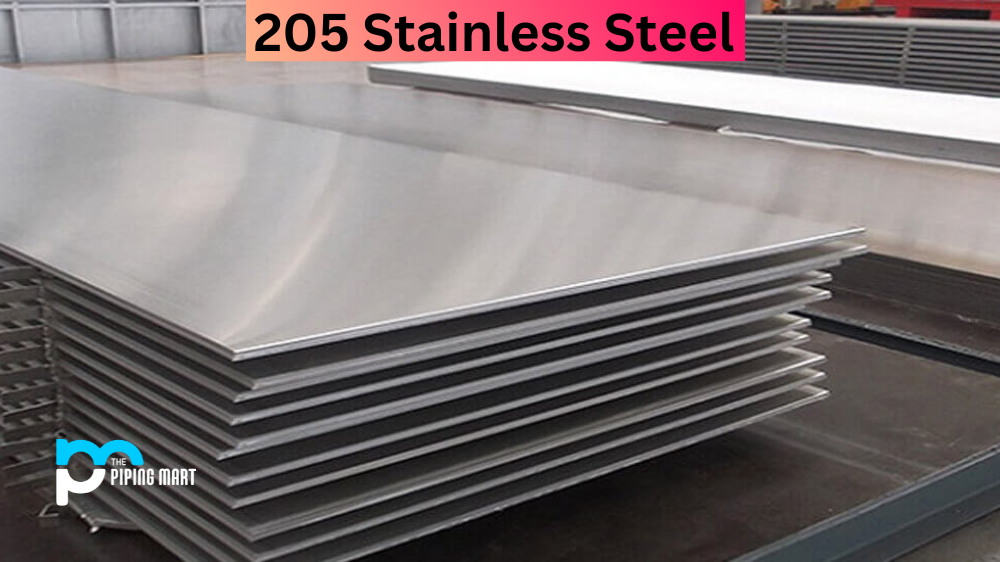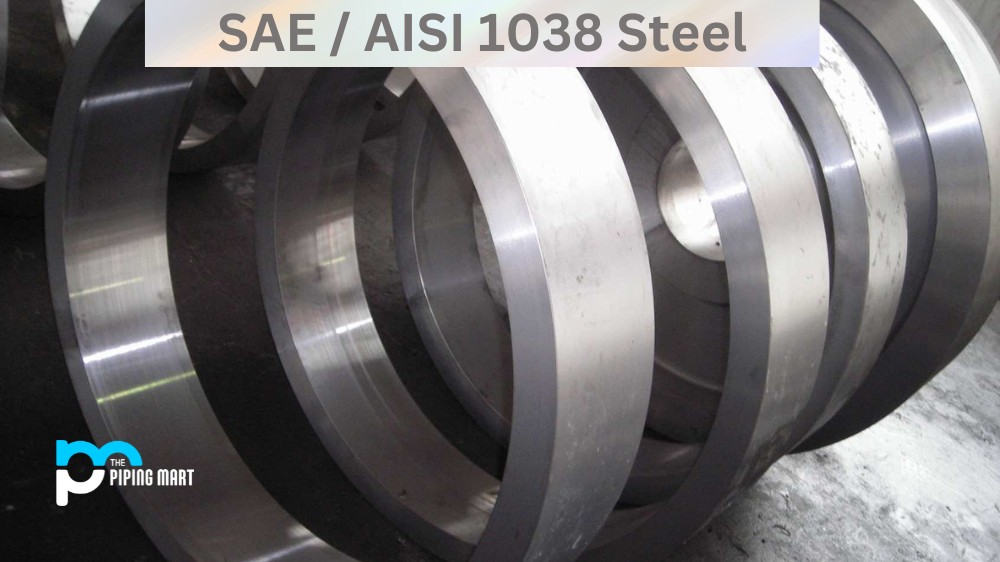Aluminium 5059 is an alloy of aluminum, magnesium, and manganese. UNS A95059 has a host of uses due to its excellent corrosion resistance, heat resistance, and machinability. In this article, we will explore the many properties and applications of Al 5059 in greater detail.
5059 Alloy Composition
| Element | Content (%) |
|---|---|
| Aluminum, Al | 89.8 – 94 |
| Magnesium, Mg | 5-6 |
| Manganese, Mn | 0.60-1.2 |
| Iron, Fe | ≤ 0.50 |
| Silicon, Si | ≤ 0.45 |
| Zinc, Zn | 0.40 – 0.90 |
| Chromium, Cr | ≤ 0.25 |
| Copper, Cu | ≤ 0.25 |
| Titanium, Ti | ≤ 0.20 |
| Zirconium, Zr | 0.050 – 0.25 |
| Other (each) | ≤ 0.050 |
| Other (total) | ≤ 0.15 |
5059 Alloy Physical Properties
| Properties | Metric | Imperial |
|---|---|---|
| Density | 2.66 g/cm³ | 0.0961 lb/in³ |
5059 Alloy Mechanical Properties
5059 Alloy Uses
Aluminium 5059 is a highly sought-after alloy widely used in marine, automobile, and aerospace industries due to its excellent heat resistance, weldability, and formability. This lightweight metal can be extruded, cold rolled into sheets that are easy to form and bend, and welded for strong, airtight joints. Additionally, it can be machined for complex parts such as impellers and brackets, resulting in higher efficiency than other metals. From humble beginnings as ship architecture to now being the backbone of many transportation applications, 5059 aluminum has become an indispensable material. With its combination of strength and lightweight properties making it the perfect choice for critical products, it’s clear why this particular alloy is so popular.
Corrosion Resistance
Aluminum 5059 offers excellent corrosion resistance when exposed to seawater or salt spray environments. This makes it the perfect choice for marine applications such as propellers and boat hulls. Additionally, it provides superior protection against other forms of corrosion, such as pitting and stress cracking
Heat Resistance
Al 5059 also has excellent heat resistance capabilities, making it ideal for use in high-temperature applications. This includes its use in aircraft components that must withstand extreme temperatures during flight. The alloy also maintains its strength at higher temperatures better than other alloys, making it a suitable choice for parts used in engines or turbines that reach high operating temperatures.
Heat Treatment
Aluminium 5059 can be heat treated to increase its strength by up to 20%. Heat treatment involves heating the alloy up to a temperature between 700°C – 800°C before allowing it to cool slowly over time. The cooling process helps disperse elements evenly throughout the alloy, further increasing its strength and durability.
Machining & Welding
Al 5059 is very easy to machine due to its low silicon content, which helps reduce drag on cutting tools while machining. Additionally, the alloy can be welded with ease thanks to its good weldability characteristics, which allow for strong welds without cracking or warping occurring after welding.
Conclusion:
In conclusion, Aluminum 5059 is an incredibly versatile alloy with many potential uses due to its excellent corrosion resistance, heat resistance, and machinability properties. From marine applications like propellers and boat hulls to high-temperature aircraft components and engine parts – this alloy can do it all! It’s no wonder why so many manufacturers have chosen Al5059 as their go-to material for various projects! If you’re looking for a reliable material that can get the job done right – look no further than Al5059!

A passionate metal industry expert and blogger. With over 5 years of experience in the field, Palak brings a wealth of knowledge and insight to her writing. Whether discussing the latest trends in the metal industry or sharing tips, she is dedicated to helping others succeed in the metal industry.




